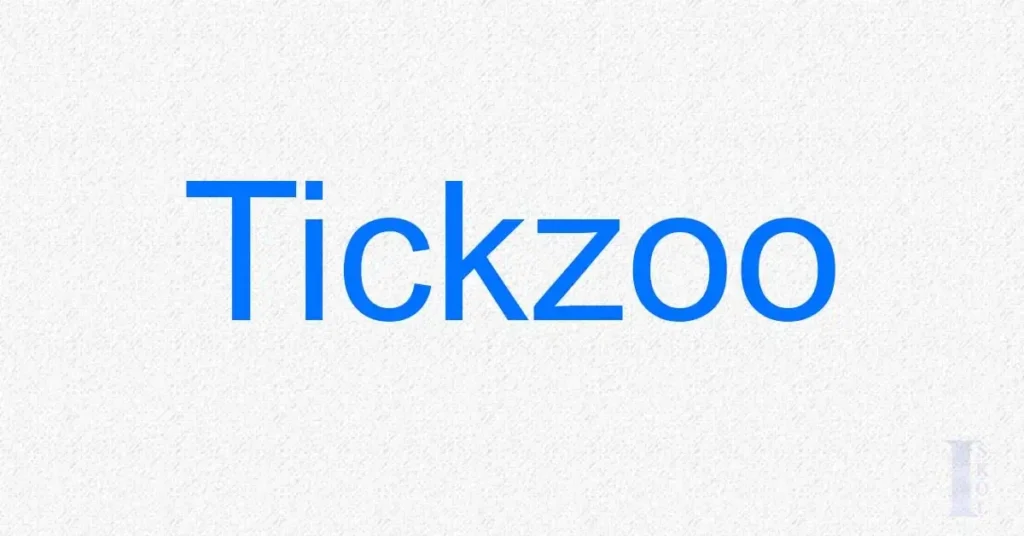In an era where environmental concerns and the quest for sustainable living are more prominent than ever, the management of ticks and the diseases they carry has become a crucial topic for both public health and wildlife conservation. The introduction of “TickZoo” represents a groundbreaking approach to tick management, harnessing technology and ecological knowledge to combat these pervasive parasites. This informative article delves into the essence of TickZoo, exploring its methodology, benefits, and potential impact on our interaction with the natural world.
The Genesis of TickZoo
TickZoo emerged from the collaborative efforts of entomologists, ecologists, and technology experts seeking innovative solutions to mitigate the risks associated with ticks without harming the environment. This platform leverages the power of citizen science, data analytics, and AI-driven identification tools to create a comprehensive tick management system. Its objective is not only to control tick populations but also to monitor their spread, understand their behavior, and educate the public on preventing tick-borne diseases.
How TickZoo Operates
TickZoo operates on a multifaceted platform that integrates various technologies and methodologies to achieve its goals. At its core, it utilizes a mobile app and website where individuals can report tick encounters, upload photos for species identification, and receive advice on tick bite prevention and treatment. This user-generated data is then analyzed to map tick populations and predict their movements, taking into account factors like climate change, urban development, and wildlife migration patterns.
Furthermore, TickZoo employs AI algorithms to rapidly identify tick species from user-submitted images. This feature is pivotal for tracking the spread of different species, particularly those known to carry pathogens harmful to humans and animals. The platform’s comprehensive database aids researchers in studying tick behavior and disease transmission, facilitating the development of targeted tick control strategies.
The Impact of TickZoo on Public Health and Conservation
The implications of TickZoo for public health are significant. By providing a real-time overview of tick activity, it enables individuals and communities to take preemptive measures to reduce tick exposure. This is particularly crucial in areas where Lyme disease, Rocky Mountain spotted fever, and other tick-borne diseases are prevalent. Early detection and identification of tick species can lead to more effective treatment and prevention strategies, ultimately reducing the incidence of these diseases.
From a conservation perspective, TickZoo offers a sustainable approach to tick management that respects wildlife habitats and biodiversity. Traditional tick control methods, such as chemical pesticides, often have detrimental effects on non-target species and the environment. TickZoo’s data-driven strategy allows for more precise interventions that minimize ecological impact. For instance, by identifying hotspots of tick activity, targeted treatments can be applied only where necessary, thereby preserving the balance of ecosystems.
Challenges and Future Directions
Despite its promising potential, TickZoo faces several challenges. Ensuring the accuracy of AI identification and maintaining user engagement are ongoing concerns. Moreover, the platform’s effectiveness is dependent on widespread participation and data sharing across different regions and communities. Addressing these challenges requires continuous improvement of the technology and sustained public education and outreach efforts.
Looking ahead, the developers of TickZoo envision expanding its capabilities to include predictive modeling of tick-borne disease outbreaks and integrating genomic data to track the evolution of tick populations and pathogens. Such advancements could revolutionize our approach to public health surveillance and environmental management, offering a model for tackling other vector-borne diseases.
Conclusion
TickZoo represents a novel convergence of technology, ecology, and citizen science in the fight against tick-borne diseases. Its innovative approach to tick management promises not only to enhance public health but also to preserve the integrity of natural ecosystems. As TickZoo continues to evolve, it stands as a testament to the power of collaborative innovation in addressing complex environmental challenges. In embracing platforms like TickZoo, we move closer to a future where human health and biodiversity thrive in harmony.

